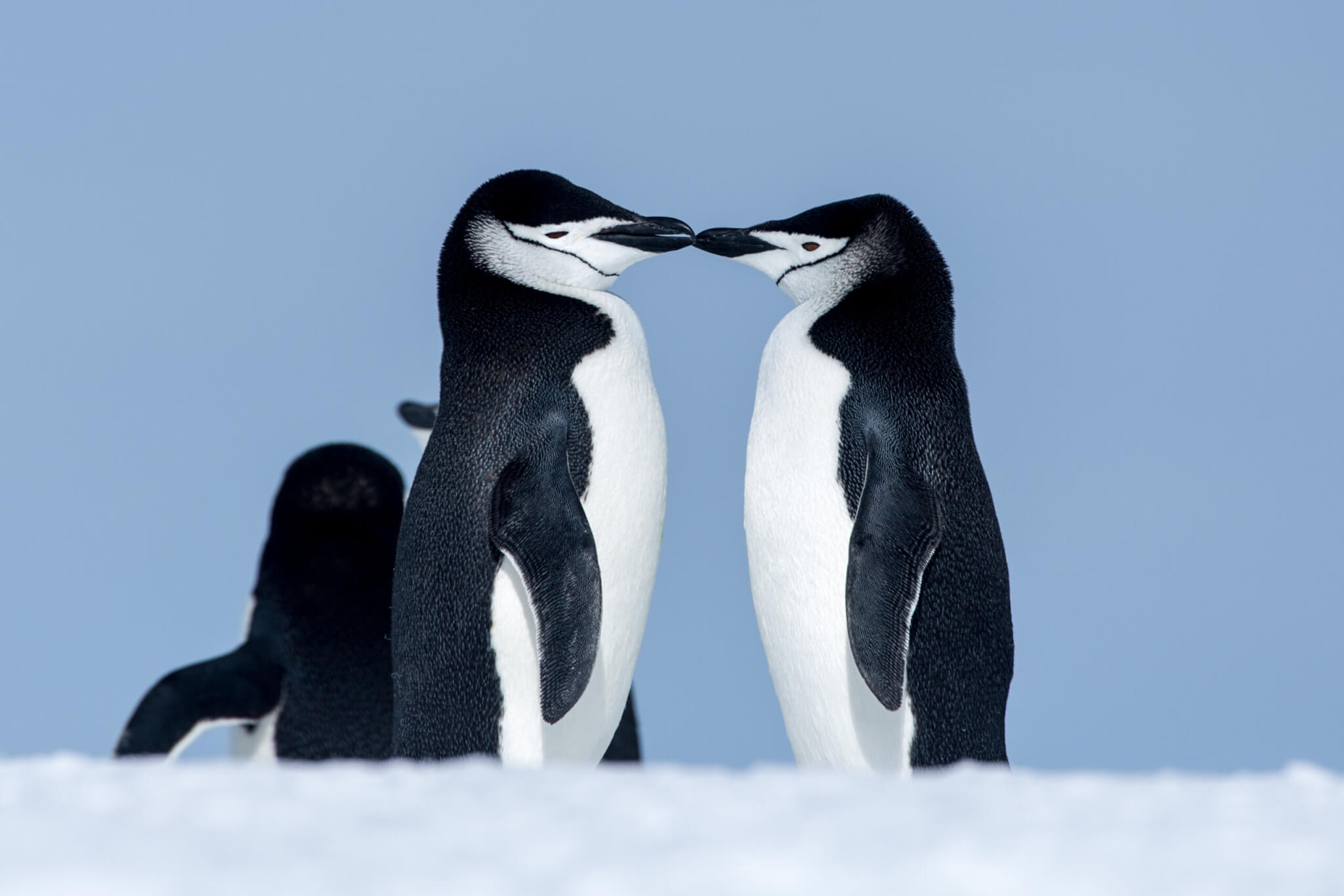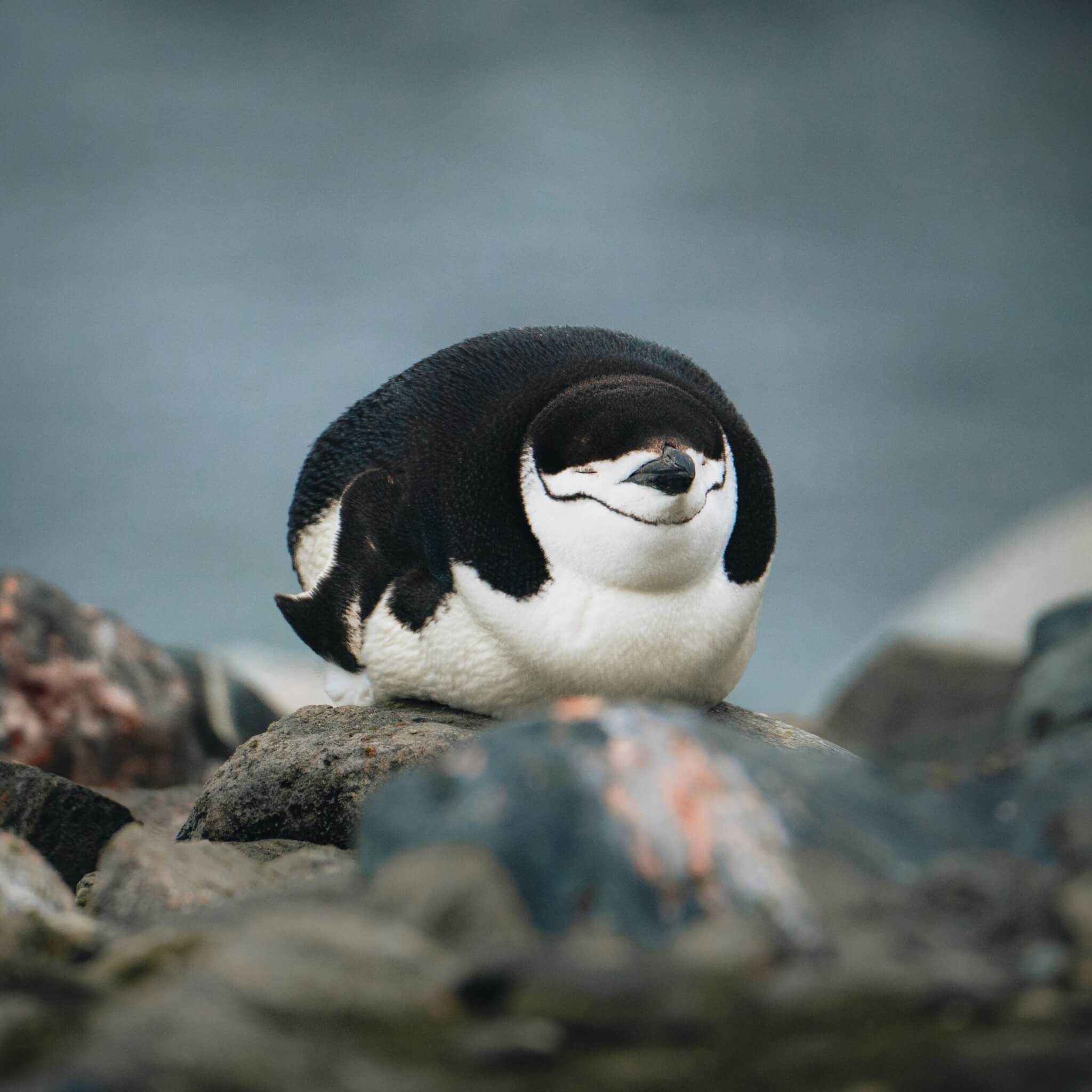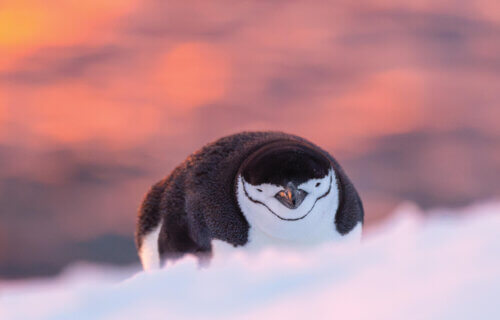LYON, France — Imagine falling asleep thousands of times a day, but only for a few seconds at a time. It seems impossible, but that’s exactly what nesting chinstrap penguins do. According to an international team of scientists, these penguins catch their Zs in short bursts lasting around 4 seconds each, amassing more than 11 hours of sleep per day.
The study, conducted by Paul-Antoine Libourel of the Neuroscience Research Center of Lyon and his colleagues, delved into the sleep behavior of chinstrap penguins in Antarctica. These birds, responsible for guarding their nests from predators and intruders while their partners are away for several days hunting for food, face the challenge of staying vigilant without compromising their rest.
To unravel this mystery, scientists utilized remote electroencephalogram (EEG) monitoring and noninvasive sensors to track the sleeping patterns of these penguins. Coupled with continuous video footage and direct observations, the team identified a peculiar sleep routine: the penguins didn’t engage in long stretches of sleep. Instead, they dozed off frequently in microsleeps, racking up over 10,000 of these brief naps, totaling more than 11 hours per day.
The findings challenge the traditional understanding of sleep, suggesting that these microsleeps might provide essential restorative functions, potentially compensating for longer sleep periods.

“The data reported by Libourel et al. could be one of the most extreme examples of the incremental nature by which the benefits of sleep can accrue,” write Christian Harding, from the University of California-San Diego and Vladyslav Vyazovskiy, from University of Oxford, in a related media reon SHutlease. “Although sleep bout duration is sensitive to many variables and differs widely among species, the seconds-long microsleeps of chinstrap penguins are markedly brief.”
This discovery not only showcases the adaptability of these birds to ecological demands but also raises questions about the true nature and benefits of sleep across various species. Understanding how these penguins manage to maintain both vigilance and rest could offer valuable insights into sleep behaviors and adaptations in the animal kingdom.
The study is published in the journal Science.

Chinstrap penguins 101
Chinstrap penguins, like other penguin species, lead busy lives, especially during the breeding season. Here’s a glimpse into their activities:
- Nesting and Breeding: During breeding season, chinstrap penguins gather in colonies on rocky Antarctic shores. They build nests using rocks and pebbles to safeguard their eggs from predators and the harsh environment.
- Parental Duties: Both male and female chinstrap penguins take turns incubating the eggs, ensuring they stay warm and protected. While one parent guards the nest, the other goes out to sea to hunt for food.
- Feeding: These penguins are adept hunters, primarily feeding on krill, fish, and squid. They travel long distances from their colonies to forage for food, diving into the frigid waters to catch their prey.
- Vigilance: While one parent is away foraging, the other stays behind to protect the nest and chicks. This duty requires constant vigilance against predators and rival penguins that might try to intrude or steal nesting materials.
- Socializing: Chinstrap penguins are social animals, often communicating through vocalizations and body language within their colonies. They form strong bonds, especially during the breeding season.
- Molting: Like other penguin species, chinstrap penguins undergo a molting period where they shed and replace their feathers. During this time, they fast and stay on land until their new plumage is ready for swimming.
Their lives are a careful balance between ensuring the survival of their offspring and themselves, navigating the challenges of their icy habitat, and adapting to the demands of their breeding and feeding cycles.
